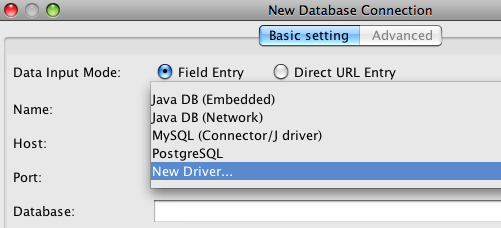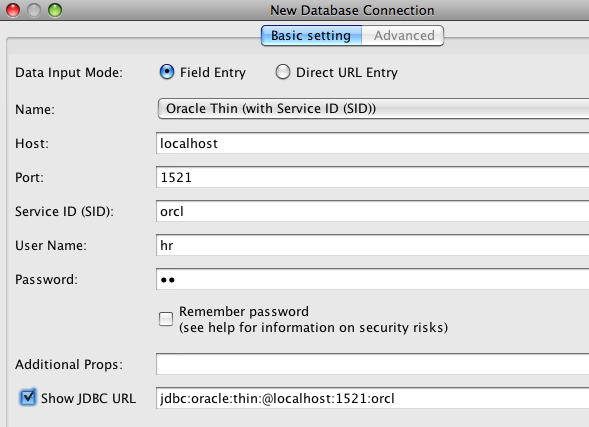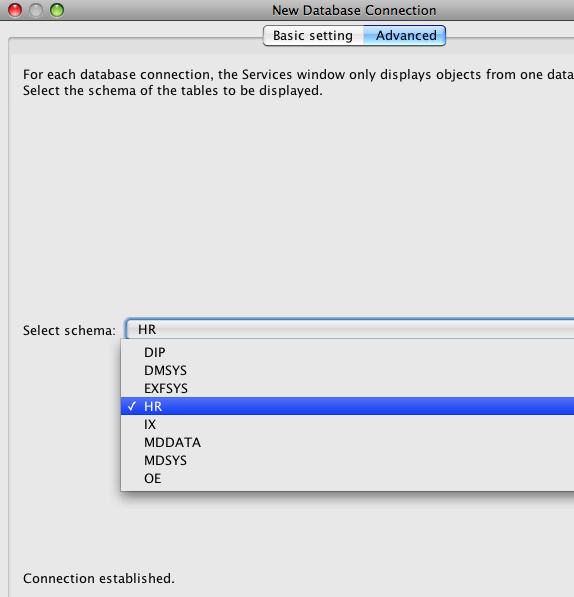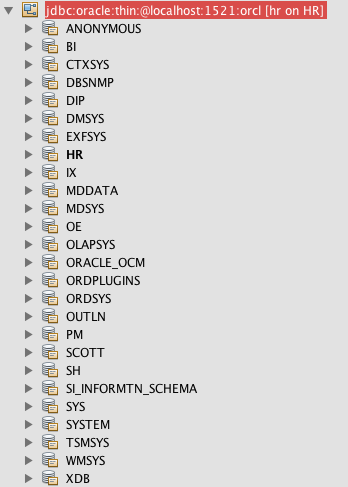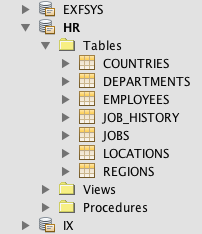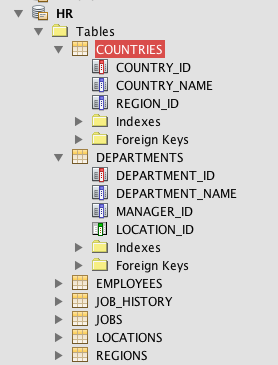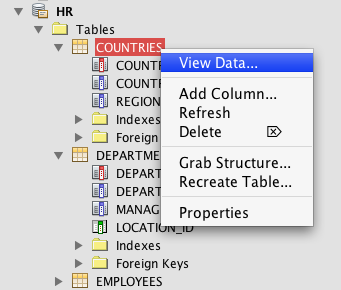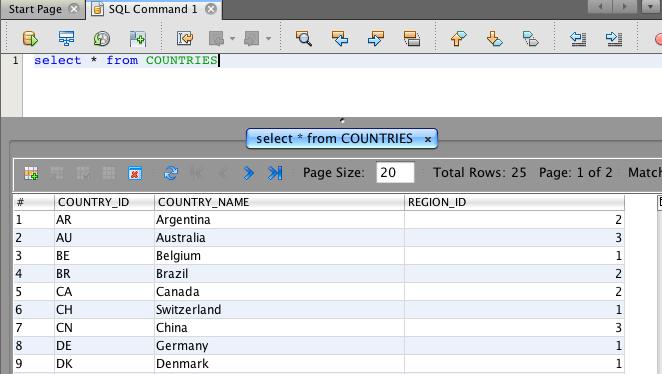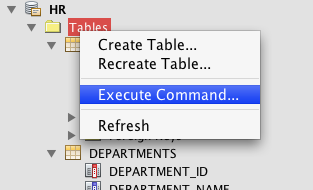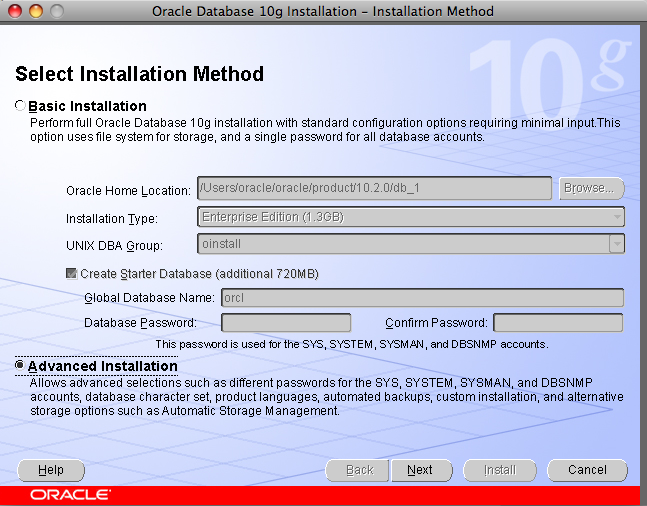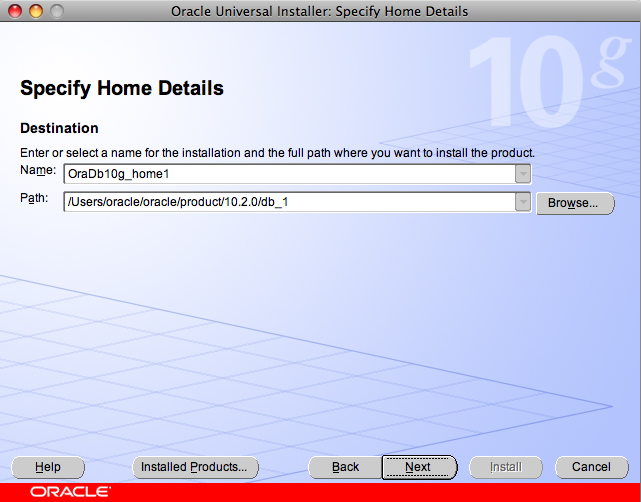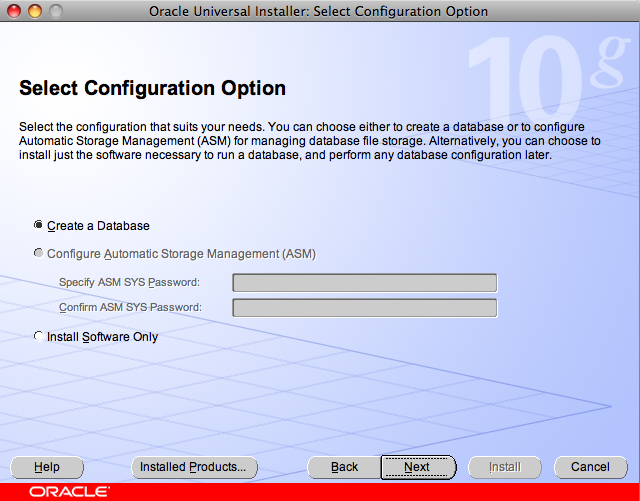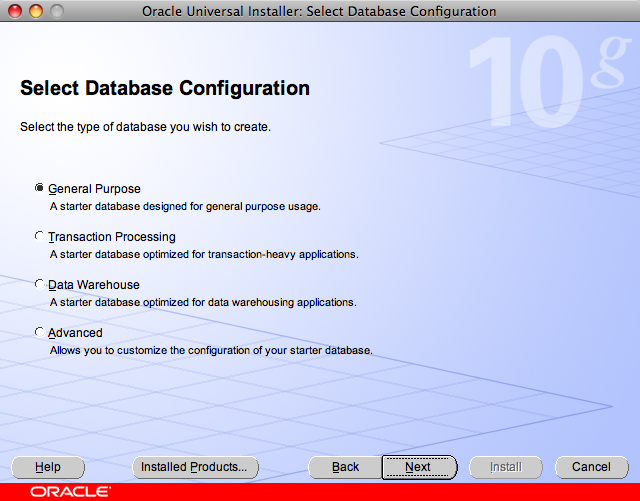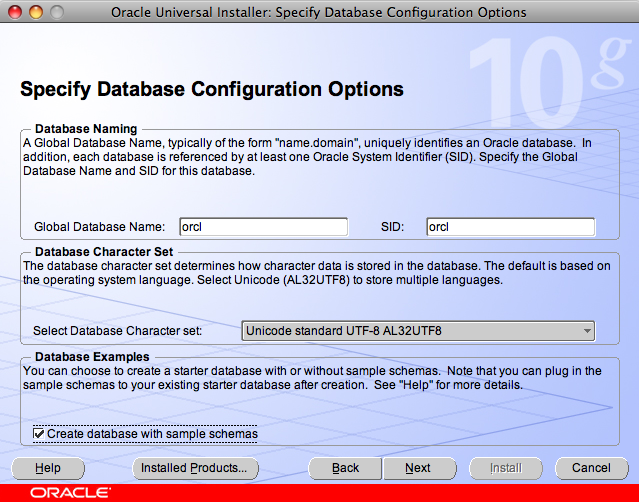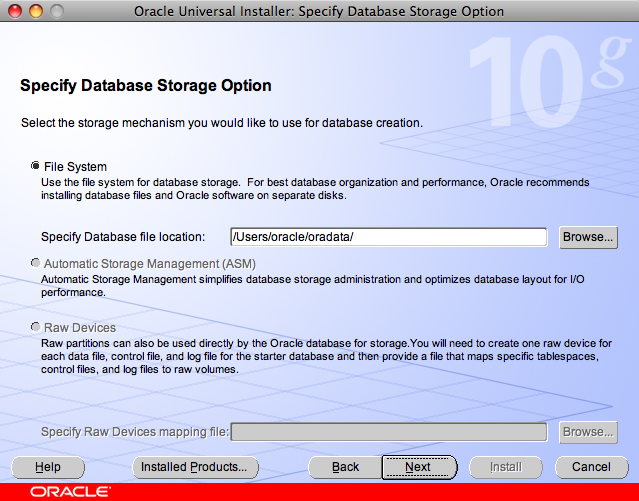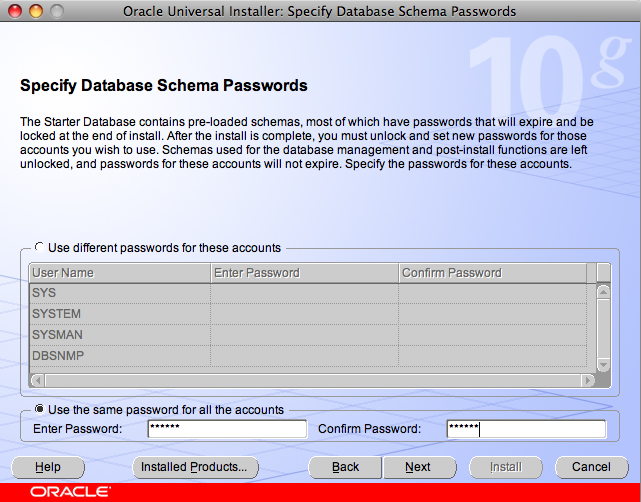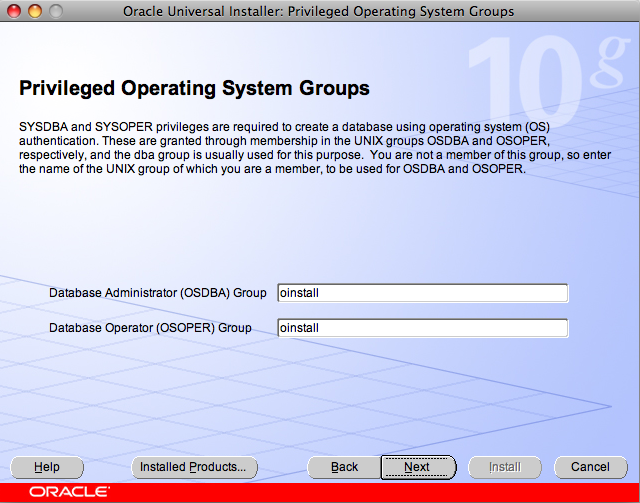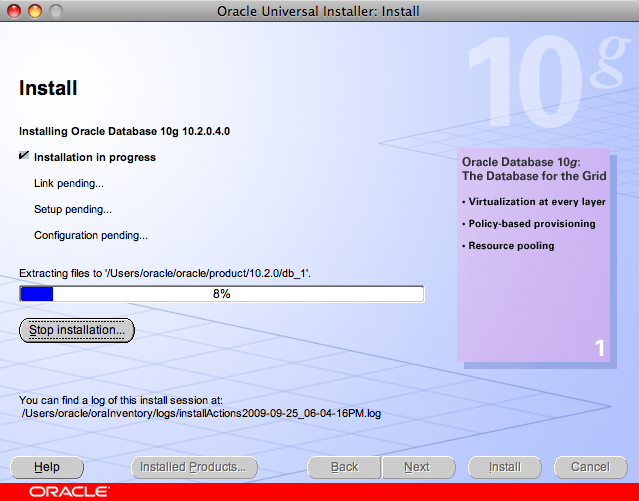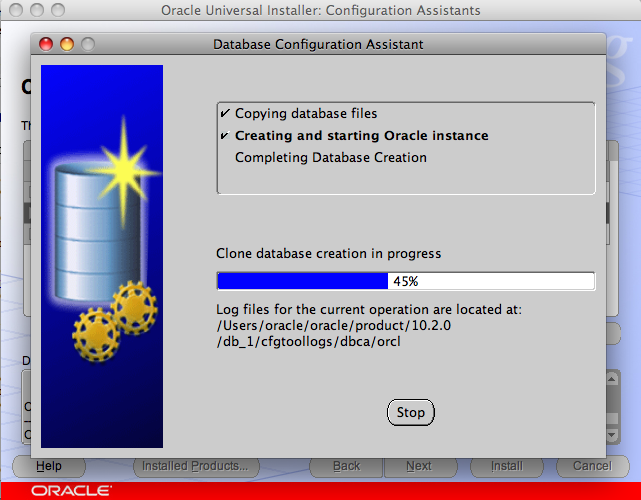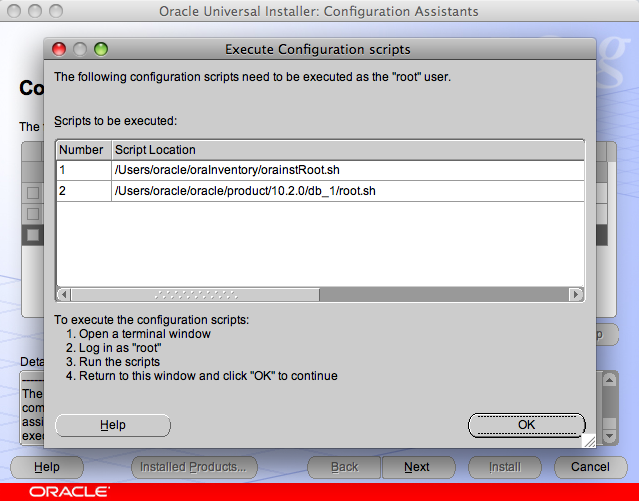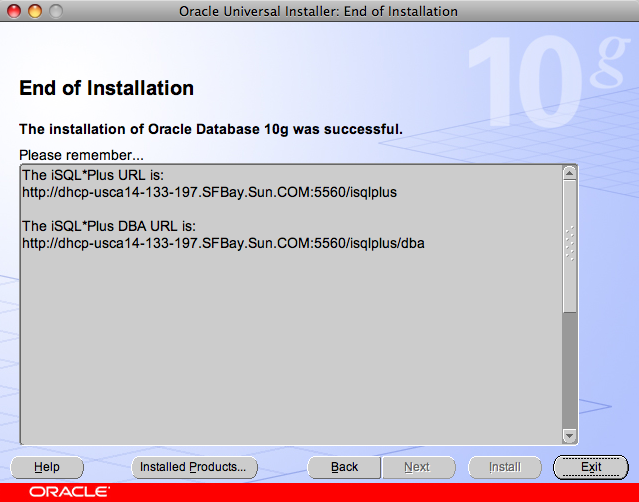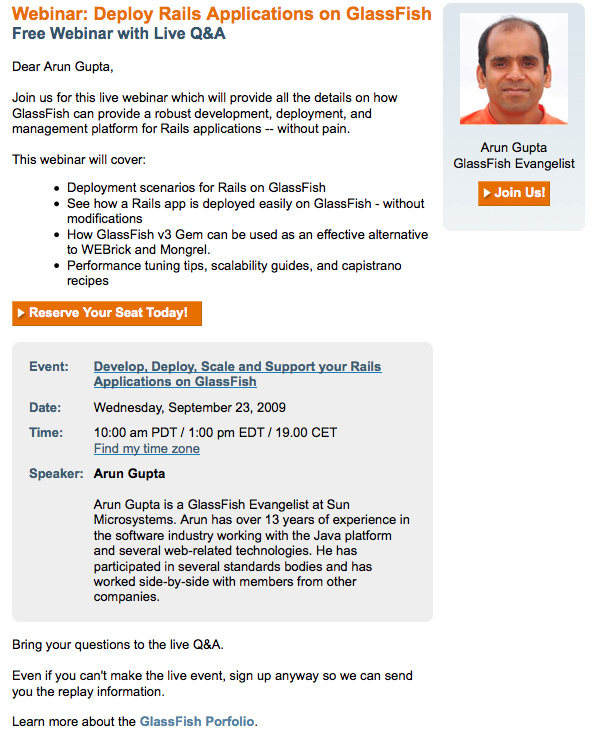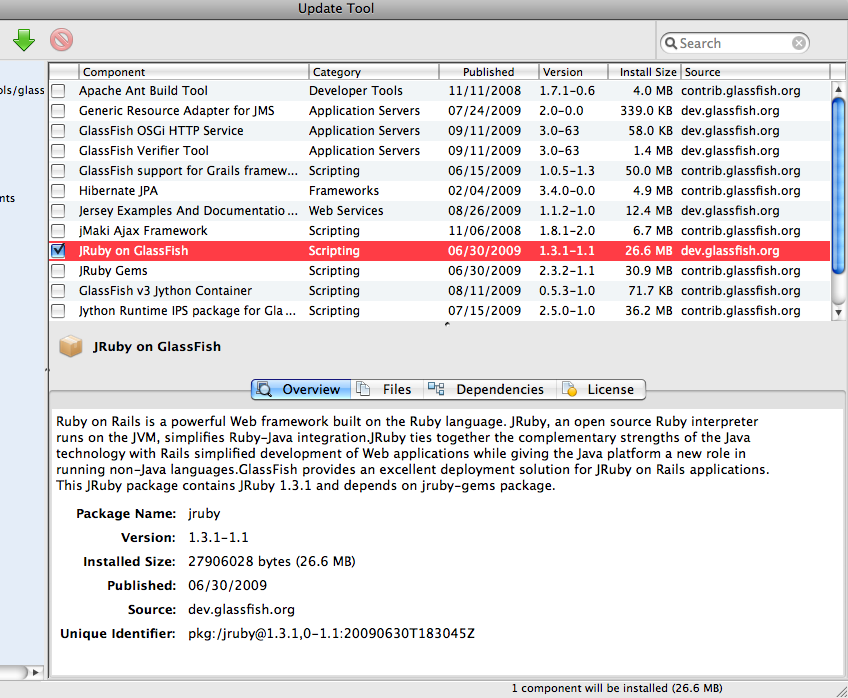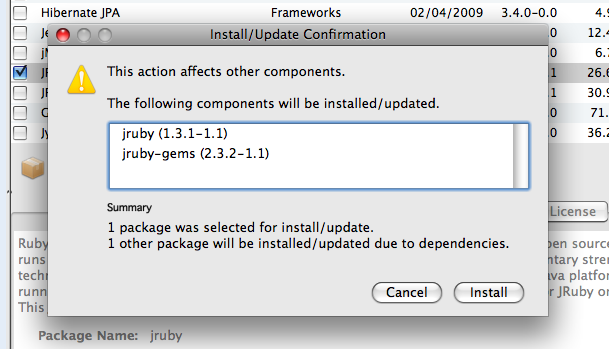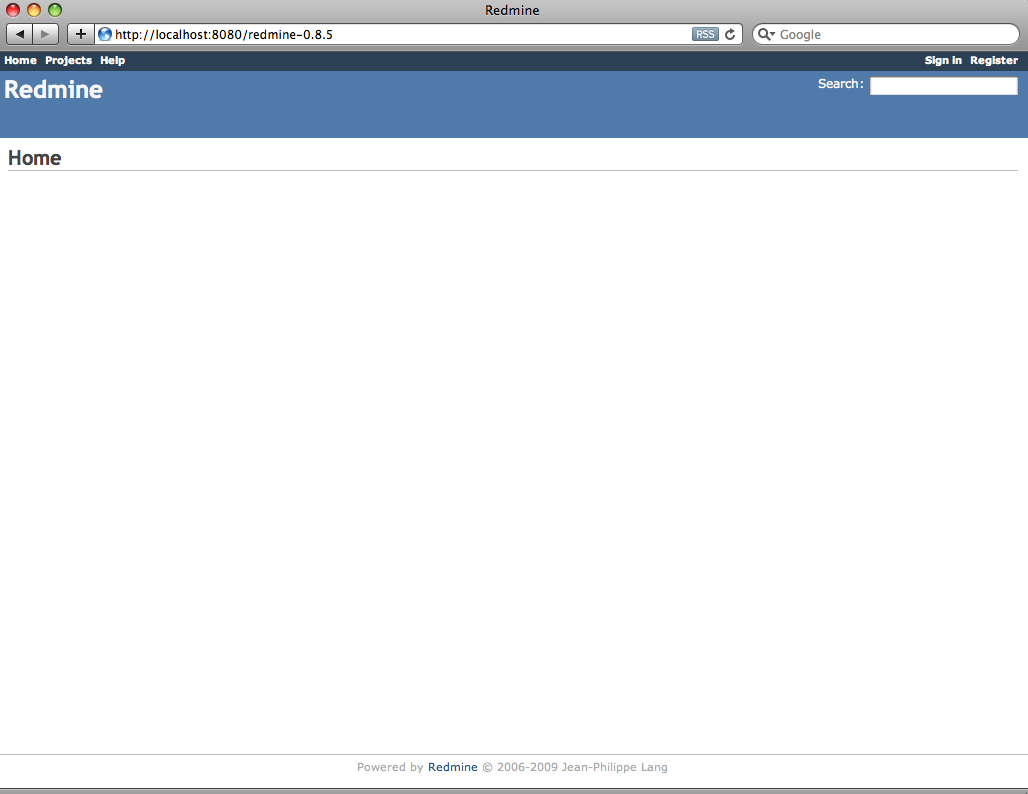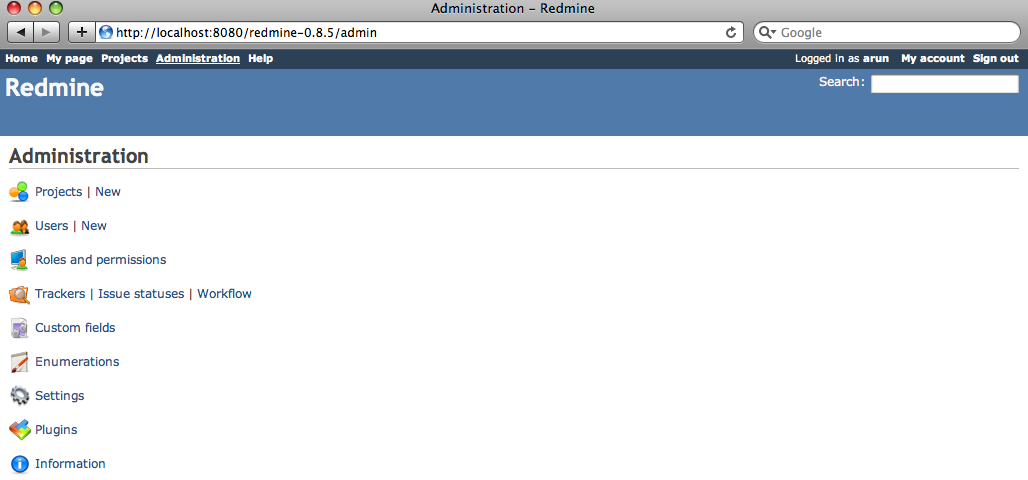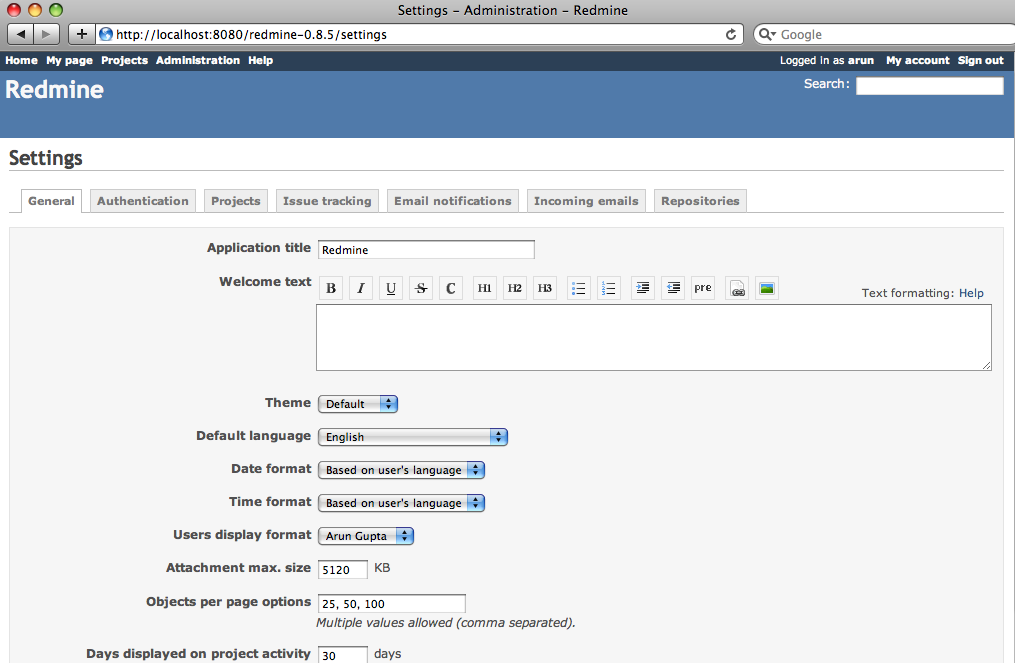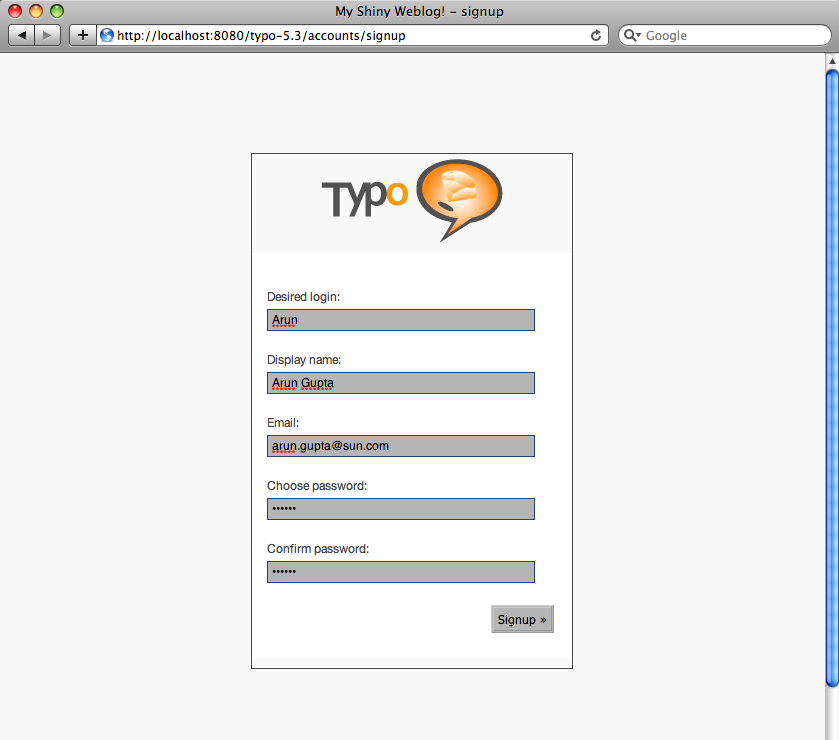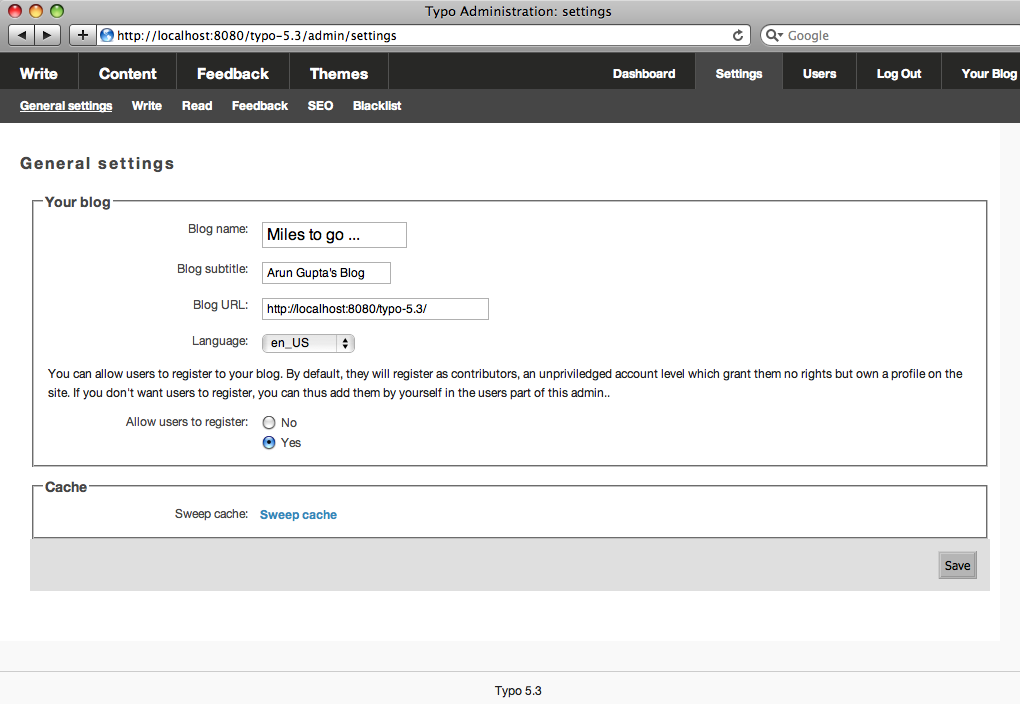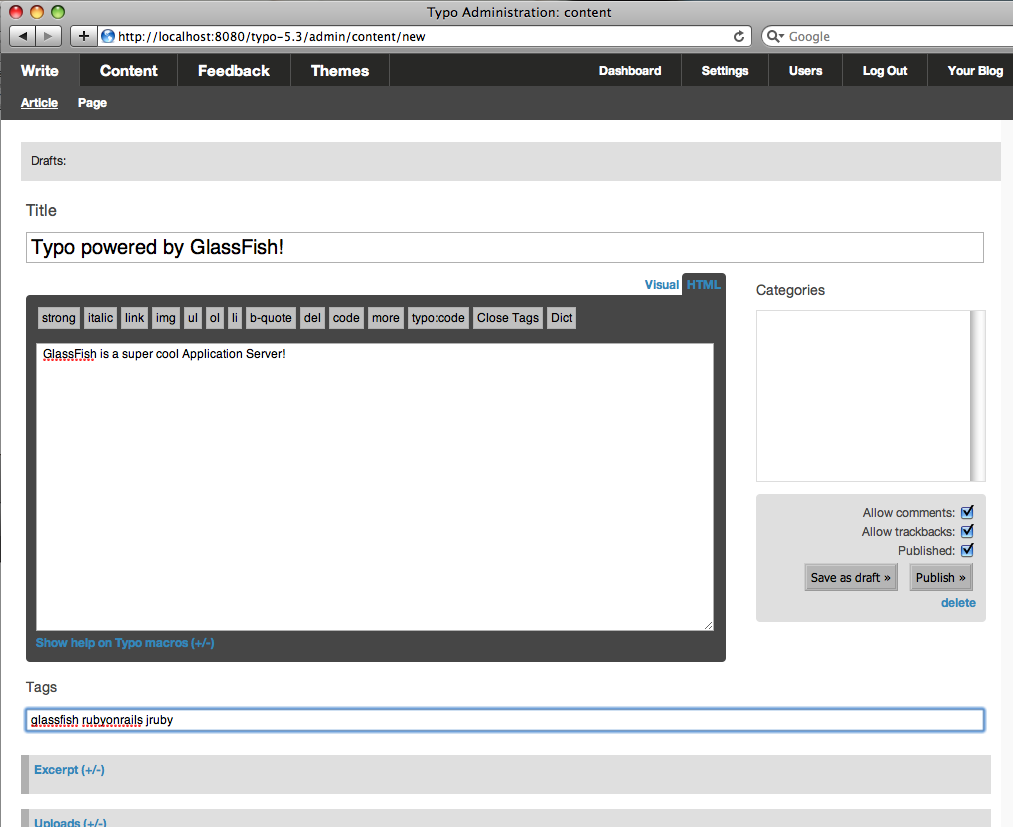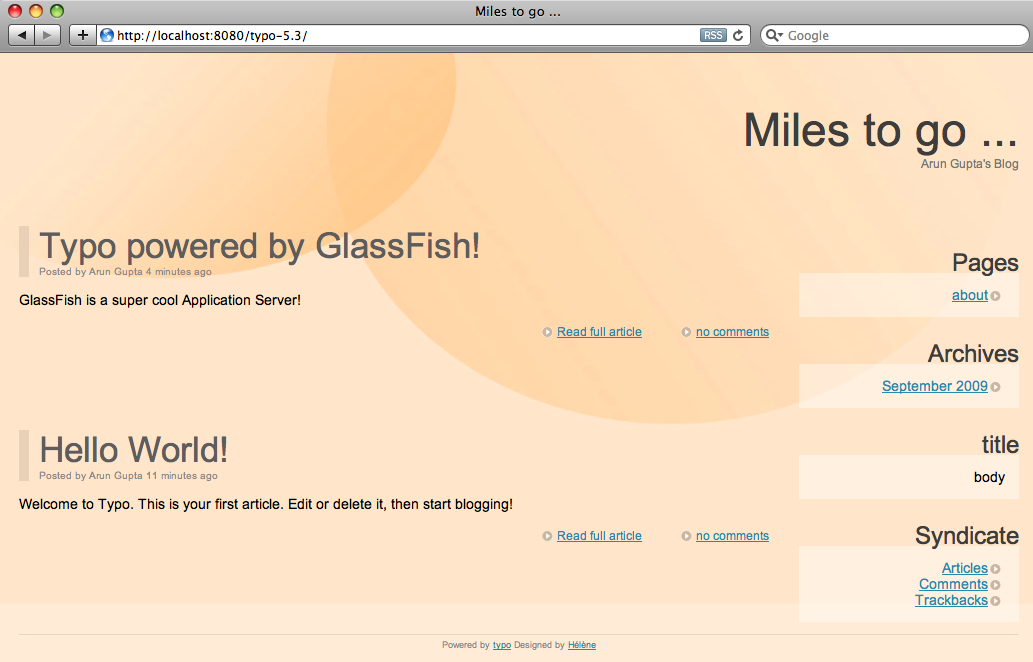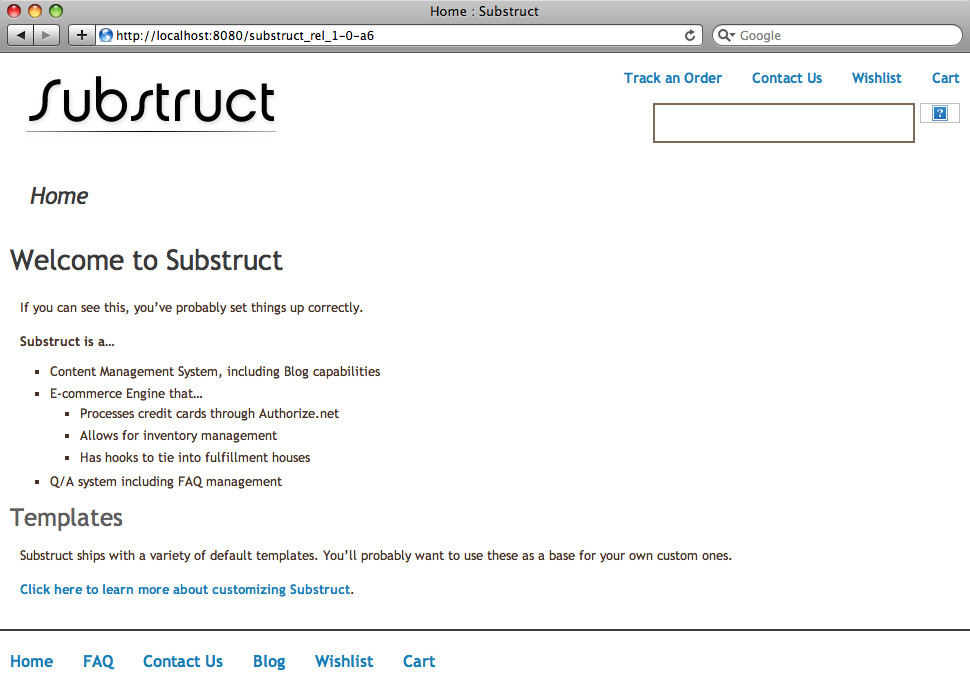I delivered a "Develop, Deploy, and Scale your Rails app on GlassFish" webinar earlier today. There were over 300 unique attendees. A complete replay of the webinar is available at sun.com/software/webinars.
Many thanks to all the attendees for showing their interest in the technology and the panelists who relentlessly answered all the questions. The demos shown are available at:
An edited transcript of the Q&A session is available below. All the names have been removed for privacy reasons.
Q: I took leave from office to attend ur seession..:)
A: Thanks a lot, hopefully you’ll enjoy it 
Q: Is Rails an abbreviation?
A: http://rubyonrails.org/
Q: can you explain the difference b/t jruby and ruby
A: Ruby is a language and it’s original interpreter is written in C. JRuby is pure Java based Ruby interpreter.
Q: What are the added benefits of installing JRuby on Glassfish – in compared to having it always in Rails app WAR?
A: What you get is the Ruby way of developing apps, code-save-refresh or agile experience
Q: Is it true on GF v2.1 as well – since the Rails app will anyway have to be packaged in a war?
A: On glassfish v2.x only WAR style Rails deployment is supported.
Q: Can I run existing rails application on GlassFish?
A: Yes. sure.
Q: is there support for rails 2.3.2? having trouble getting glassfish to run anything higher than 2.2.x
A: Yes, it is there.
A: Please send an email to dev@glassfish with your issue, we would be happy to help you
Q: what additional config is rerquired to support rails?
A: checkout http://wiki.glassfish.java.net/Wiki.jsp?page=GettingStartedGuide
Q: what I really was after is this: what is the difference of including JRuby (and dependent gems) inside your app war in compared to installing JRuby on GF and having only your own app in the war?
A: When you go in to production , you freeze your gems with app. The thing with glassfish v3 is that you can deploy rails app as WAR as well as directory deployment
Q: on jboss, i have to patch activerecord to use jndi style datasources. is that necessary on glassfish, too ?
A: No, you dont need to.
Q: do you have easy to follow lessons or tutorial for user to try a small real workable application to repeat what you are talking about from your website?
A: Check out checkout http://wiki.glassfish.java.net/Wiki.jsp?page=GettingStartedGuide
Q: y glass fish used only in java
A: GlassFish is a Java EE App Server
Q: Does Glassfish still have the PermGem out of memory issue when you deploy and undeploy applications.
A: There is a reasonable default setting for PermGen in Glassfish but it depends on your app. You can always set the PermGen to higher value
A: We have run significant number of tests to address this issue. If you do run into it, please let us know by sending an email to dev@glassfish
Q: what is mean by rails
A: http://rubyonrails.org/
Q: what is jruby?
A: Pure Java based Ruby interpreter. Checkout jruby.org
Q: what if i have glassfishv2 installed? is there any problem to install jruby gem glassfish?
A: GlassFish gem can be installed in an existing JRuby installation only. For GlassFish v2, Rails applications can only be deployed as WAR file.
Q: so the PermGen out of memory issue is supposedly fixed in Glassfish v3? Or should be fixed also in Glassfish v2.1?
A: when you start JVM there is PermGen space, scripting language interpreteres such as JRuby require higher perm gen. You just need to set it accordingly
Q: This may be a little off topic, but what are the Cons of using JRuby and glassfish? Because everything I’ve read is great
A: There might be some ruby gems that have native extensions that do not work on JRuby. Having said that, most of the ruby gems that we come across at work on JRuby just fine.
Q: on jboss, serveral jruby runtimes are added. same thing on glassfish ?
A: yes. you can configure the jruby runtime pool. See http://wiki.glassfish.java.net/Wiki.jsp?page=ConfiguringJRubyRuntimePool
Q: so why doesn’t everyone use Jruyb? (over ruby MRI?)
A: Its a choice and really depends on personal preference. BTW as a datapoint, hosting company such as engineyard.com has jruby based Ruby/Rails hosting
Q: is this presentation only for mac users? I am a bit shocked with this OSX desktop. I was hoping seeing some Opensolaris etc.
A: No, it is not only for mac users
Q: does glassfish v3 already support cluster profiles?
A g>: glassfish v3 does not support clustering
Q: i always asked myself if the multiple jruby runtimes write to the same log file.
A: yes they do.
Q: so do you know when (in which release) will the clustering support be added to glassfish v3?
A: It is planned for glassfish v3.1.
Q: apart from glass fish any other server supports
A: mongrel, web rick work on jruby just fine.
Q: can we get support for jruby on jrails on glassfish?
A: Yes you can.
A: Sid, for details on GlassFish subscription support options, please email glassfish @sun.com
Q: yeah I saw that, a great option I think. I’m just at a state where I can pick either Ruby or JRuby, and JRuby seems far superior and can’t really see any of it’s fautls
A: yeah, pick JRuby!
Q: Does Ruby create for us the basic GUI for each table?
A: It’s Rails that is creating the basic GUI for each table.
Q: why doesn’t glassfish support clustering
A: GlassFish v2.1 supports clustering and can be run in production environment.
Q: apart from glass fish any other server supports j2ee
A: Which version of EE are you talking about?
Q: 1.6
A: 1.6 is not final yet, so glassfish is the only implementation of EE6 right now
Q: can you please email me the presentaion slides?
A: Please see www.sun.com/software/webinars – the slides maybe there.
Q: i heard that apache and tomcat server not used for j2ee? is it so?
A: Tomcat implements a subset of the Java EE specifications. It is not a fully compliant Java EE server. GlassFish is fully compliant (it’s the reference implementation)
Q: We’ve been having some issues running Capistrano under JRuby on cygwin — it gets confused about whether it’s in a Windows or Unix-like environment. Any tips?
A: Could be cygwin issue? If not please report with details to [email protected]
Q: What is Rail Application
A: Check out http://rubyonrails.org for more details.
Q: sometimes, you might want to define a dedicated log file per deployed app. jboss logs everything to server.log by default. is it possible to define a dedicated log per app on glassfish
A: I dont have an answer to this, you may like to bring this question to [email protected]
A: I still dont see why this would an issue. As long as your logs shifts correctly and there is no locking etc. it should be fine. BTw, in production you limit your log anyway to severe error for perf reasons.
Q: so what’re the benefits of using the glassfish gem versus mongrel or thin?
A: High performance, jruby runtime pool, daemon mode etc.
Q: Is the v3 Glassfish gem considered to be production ready?
A: Many users that I know already use in production.
Q: nginx or apache is recommended? can glassfish act as the comlete server?
A: GlassFish v3 does not support clustering. It will be coming up in a future release. So you may like to use squid or nginx etc to scale your app
Q: this update is shown how it is updated on mac OSX?
A: Update Center works on all platforms
Q: i’m new to glass fish beacuse i’m just a student….any websites or links that which makes 2 gain more knowledge on it…..
A: glassfish.dev.java.net can lead you to more details
Q: hey i missed the earlier part of this presentation..!
A: You can look at the recorded session later
Q: what is the built-in web server in glassfish used in the demo? wht would i use apache?
A: grizzly + v3 kernel+ jruby container. You can use Apache to front-end a bunch of GlassFish instances running at the backend.
Q: how to add extra gems in directrory-based deployment?
A: Just how you would use with any Rails app. gem install ‘your gem’
Q: this is off the topic, is v3 glassfish going to implement directory based deployment for grails?
A: GlassFish embedded is in works and yes in will support grails directory deployment or ‘grails run-app’
Q: Is there a major performance difference between the gem and the standalone war-style deployments?
A: Not much, With glassfish gem or glassfish v3 directory deployment, you are serving the requests at pretty low level. With war deployment its served by the web container
Q: in net beans only glassfish sever is implemented?if any other severs r there in net beans what are they…..
A: There are many other servers supported by NetBeans
Q: can i get the replay after the webinar?
A: Yes, the recorded session will be posted later at sun.com/software/webinars.
Q: in my company, we use a jboss / jruby / oracle setup. we have issues with newer version activerecord-jdbcadapter (> 8.1.0). is this a known problem ?
A: No idea, consider switching to GlassFish as it works fine there 
Q: ok, so how does glassfish handle updating the source for your rails app? will it fulfill existing requests and smoothly ‘seesaw’ to updated instances? …or does it just drop everything, redeploy and start over?
A: The experience is what you will get on native/MRI Ruby/Rails. glassfish embeds jruby using its internal API and rest is all Rails.
Q: so are gems pre packages apps to deploy?
A: think of gem like packages for Ruby/JRuby platforms.
Q: Please send me a link where I can retrieve the replay of this audio and presentation coz the buffering is really disturbed out here..
A: http://www.sun.com/software/webinars/ – recording of this session will be made available
Q: Regarding java gc/memory flags, is there a recommended set of flags for optimal glassfish performance
A: sun.com/glassfish/resources has a White Paper that shows how to tune GF. Although if you get the supported version, you get an add-on called Enterprise manager that can tune the server automatically.
Q: where will jruby be located when I install Jruby glassfish admin web page?
A: glassfish-install-dir/glassfish/jruby
Q: can I use Netbeans to set up my JRuby on Rails app and Glassfish server, but then use another editor or cmd prompt to edit/add to my app?
A: yes you can, although NetBeans provide a functionally complete IDE and serves all your needs.
Q: You are assuming that your server can access the internet. For example, to get the glassfish and Ruby and all upgrades and updates your update program gets the items from your server there on the internet. A secure vault does not have access to the intern
A: True. But you can prepackage everything.
Q: JAVA AND JAVAC NO WHERE IN PIC
TURE
A: GlassFish runs on java.
Q: is it possible to somehow change the rails.env setting _after_ a WAR has been generated? Or does it always require re-warblerizing?
A: warble config; edit config/warble.config to change. Otherwise export RAILS_ENV=production
Q: How would you debug if you packaged the Rails app as a warfile?
A: Thats an issue with the WAR based deployment. You should use directory deployment, specially for your development.
Q: all the server and application for jruby, integration also work on Windows XP professional?
A: Yes, it should work on Windows XP
Q: so jruby is really ready for primetime? good compatibility with existing gems and plugins?
A: yes it is.
Q: A different take on my blog post of the same topic http://javaevangelist.blogspot.com/2009/08/redmine-084-deployment-on-glassfish-21.html
A: thanks!
Q: Who is the best person to talk to about Grizzly failing to handle multi-part posts in a jruby rails app?
A: Please send email to dev@glassfish. Vivek Pandey is the lead for scripting in GlassFish
Q: are there any supports for pre-compiling ruby code to java byte code?
It would be great if I can hide my ruby code when I release my apps as war.
A: I know there is some jruby option that lets you do it. Either check on jruby.org or post it to users@jruby or #jruby on irc
Q: while we are using netbeans no problem because servers are inbuilt in the netbeans itself while we usin the ordinary notepad how the servers are to be implemented
A: I do not understand what you mean by implementing a server. A server implemention is implementing to the JavaEE spec. I assume you mean deploying on a server
Q: can anyother scripts can be used instead of javascript
A: Not yet. Ruby and groovy will be coming out in a future release
Q: is it possible to get access to the glassfish admin console using the gem?
A: Sorry, not yet.
Q: so NewRelic is jruby and glassfish compatible?
A: yep
Q: is there any way I can monitor server.log in glassfish admin web interface?
A: http://docs.sun.com/app/docs/doc/819-3656/6n5s3qjga?a=view – See bottom of URL.
Q: what is the preferred hardware for jruby and rails ? our experience is: sparc is slow and 86based sun hardware is fast for jruby
A: Not required but dual core or higher means better performance
Q: it is possible to implemet content management and ERP application with glassfish and has SUN such applications?
A: We know users deploying Ruby/Rails apps in OpenESB or in SOA env. For ERP or other content management system, as long as you can run these on Glassfish you can surely host Ruby aps there as well
Q: do you have the recommendation for jruby on rails book and good glassfish book?
A: There are several GlassFish books as listed at: http://blogs.sun.com/theaquarium/entry/more_glassfish_books. Practical JRuby on Rails is a nice book as well (http://www.rubyinside.com/practical-jruby-on-rails-book-by-ola-bini-625.html).
Q: Does Eclipse incorporate Ruby as NetNeans?
A: Both Eclipse and NetBeans are IDEs. Both support ruby development
Q: any other new servers r gonna compatible with glassfish
A: Once EE6 is final many other application servers will work towards being compatible with EE6
Q: what is the difference in case of performance between standlone war style deployement and gem deployement
A: Not much. gem will give you faster development cycle, easier deployment beside being very light weight (4MB) vs for WAR you need full server.
Q: is there any other IDE which supports ruby dev
A: Not integrated deployment and server side debugging. You can develop Ruby app on IDEA/Aptna studio etc. Typicaly you just need vi or text mate etc.
Q: why can’t i run a project developed in netbeans 6.1 on netbeans 6.5
A: Please send an email to the netbeans forum
Q: can I deploy any ruby app I find on jruby?
A: JRuby 1.3.1 is 1.8.6 compliant and going to be using 1.8.7 as the baseline for upcoming JRuby 1.4. The JRuby team is also working on adding Ruby 1.9 compatibility.
Q: i’ve seen in netbeans at the end of netbeans it is end with IDE what is meant by IDE
A: IDE = "Integrated Development Environment"
A: There is a JRuby-specific distribution of NetBeans IDE
Q: why can’t i run a project developed in netbeans 6.1 on netbeans 6.5?
A: You should be able to. If not, try posting to the Netbeans User’s alias.
Q: We’ve been using JRuby on Windows, and are deploying to Solaris using Capistrano. We get mysterious problems establishing an ssh connection that we don’t get when we use native Ruby. Any ideas on this?
A: Please send more details to [email protected]
A: I guess I would need more details on this. you may like to post more info to users@jruby or #jruby irc
A: Paul: if you have purchased support – go through the support channel to address the issue quickly.
Q: Programming wise: are there any differences between ruby and jruby? b/c i think I’m now set on using glassfish, but I’d like to follow a lot of the tutorials out there, but almost all are for ruby
A: JRuby can run any Ruby application 1.8.7 and even 1.9
Q: are there any good books on the topic ?
A: There are several GlassFish books as listed at: http://blogs.sun.com/theaquarium/entry/more_glassfish_books. Practical JRuby on Rails is a nice book as well (http://www.rubyinside.com/practical-jruby-on-rails-book-by-ola-bini-625.html).
Q: the ide was complaining that some of the ‘items’ in the project are missing, how do i do it – netbeans 6.1 to 6.5
A: Sounds like a question that should be posted to the Netbeans email aliases. Sorry, the folks chatting away are GlassFish-centric.
Q: how i can more info about the EE6 and about the jruby
A: EE6 can be obtained from http://jcp.org/en/jsr/detail?id=313
Q: can JRuby run on Windows 7 and Windows Server 2008?
A: The only requirement for JRuby is JDK which is supported on those platforms, so yes JRuby should work there too.
Q: thanks! I was about to release my Jruby on rails glassfish in production. it encouraged me a lot!
A: Good to know, please send feedback to [email protected].
Q: opensource+jruby+glassfish resources on the web?
A: jruby.org for JRuby, glassfish.org for GlassFish.
Q: so again there’s full support for rails edge (2.3.2+) with the glassfish v2 server?
A: yes, you need to use warbler gem
Q
: so since we already have a support contract with Sun we can also call you and ask about how to best deploy into production?
A: please email [email protected] and we will immediately reply with a call or answers to your questions.
Q: Is jruby compatible with all its older versions
A: They do maintain backwards compatibility. Ask this question at [email protected] for a normative answer.
Q: does dun provide jruby training?
A: "Ruby, JRuby, and Rails development Development (with Passion!)" is a free course that offers that training. More details at: http://www.javapassion.com/rubyonrails/.
Q: can we deploy EAR on glassfish?????
A: Yes, GlassFish is a Java EE compliant app server so any standard EE artifact, such as EAR, can be easily deployed.
Q: would purchased support require us to deploy on v2?
A: No, you can choose the version of GlassFish you would like to deploy
Q: Can i build complex web system with glass fish, using such things as corba?
A: Very much, feel free to ask detailed question at [email protected].
Q: I would like to know what would be best platform to use Glassfish on?
A: Being Sun, we prefer Solaris or OpenSolaris, but GlassFish also works well on Linux and Windows.
Q: how does jruby compare to ruby 1.9?
A: JRuby team is working on improving compatibility with Ruby 1.9. Ask your specific question to [email protected].
Q: Great job guys! I am excited to use this.
A: Thanks, let us know your feedback on [email protected].
Q: can glassfish be installed on amazon ec2?
A: Yes. There is an AMI with GlassFish, OpenSolaris, and MySQL
A: http://wikis.sun.com/display/sunsoftwareincloud/EC2+Glassfish
Q: is it very easy to deploy on glassfish
A: asadmin deploy yourrailsapp-dir/
Q: So what is the real advantage using ruby? Why not just use java script or some existing language, and what does the Rails part refer to?
A: Its Rails that makes it interesting. Rails is a complete MVC framework
Q: from where could i got jruby
A: JRuby can be downloaded form jruby.org.
Interested in watching a replay of the webinar ? Go to www.sun.com/offers/details/rails_apps.xml for all the details.
Technorati: glassfish rubyonrails jruby webinar netbeans

